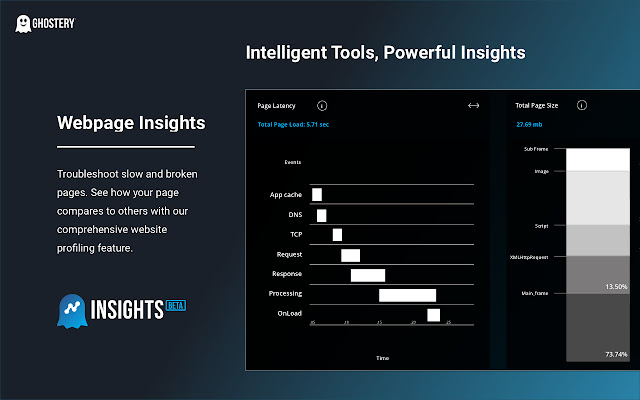
Do Traditional Proprietary Trading Firms Accept Web3 Token Trading?
“From the pit to the blockchain — are prop traders ready to play in the Web3 arena?”
Walk into any prop trading floor today and you’ll still hear that familiar cocktail of voices shouting tickers, the click of mechanical keyboards, maybe a Bloomberg terminal glow in the corner. These firms have been the stomping grounds for hardcore traders—forex scalpers, commodities swing specialists, equity arbitrage masters. But outside those floors, there’s a storm brewing: Web3 token markets running 24/7, decentralized exchanges cutting out middlemen, liquidity pools where the counterparty is a smart contract.
The question naturally comes up—are traditional proprietary trading firms stepping into this world of on-chain markets? Or are they still looking at crypto from across the street, arms folded?
Where Prop Trading Stands with Web3 Right Now
Most well-established prop firms have built their infrastructure around regulated markets. That means central clearing, strict compliance departments, and connectivity to exchanges like NYSE, CME, Eurex, and major FX ECNs. When it comes to Web3 tokens—DeFi governance coins, GameFi in-game assets, and yield-bearing LP tokens—the waters are murkier.
A number of boutique prop shops have quietly started experimenting with highly liquid tokens like BTC, ETH, and SOL through centralized exchanges. But trading directly on a decentralized exchange (DEX), interacting with smart contracts, or holding non-custodial wallets? That’s still rare. One Chicago-based FX prop team I spoke with admitted they “dabble” in Web3-linked assets off the corporate books, essentially as private portfolios. The operational risk of managing private keys, the compliance headache of KYC-less platforms, and the volatility spikes pushing risk models into the red—these are dealbreakers for many.
The Pull Factors: Why Web3 Is Not Just a Curiosity
- 24/7 Global Markets – Unlike equities that sleep when Wall Street closes, tokens never stop moving. For a prop trader used to waking up at 5:30 a.m. to catch London FX open, the idea of round-the-clock action is both enticing and exhausting.
- Diverse Asset Classes in One Wallet – You can go from trading ETH options to holding fractionalized real estate tokens to farming stablecoin yields, all without calling your clearing broker. That’s a paradigm shift worth noting for prop firms specializing in multi-asset strategies.
- Smart Contract Precision – Order execution without a middleman, profit splits encoded directly in blockchain logic—there’s no “we’ll settle T+2.” It’s T+instant.
Barrier Realities: Why Many Are Still Watching from the Sidelines
Prop trading is about finding edge and deploying leverage. But those edges have to survive risk committees. Common frustrations:
- Liquidity Fragmentation – Not every token has deep books; slippage kills P&L faster than bad macro news.
- Regulatory Gray Zones – If your compliance officer can’t tell you whether holding a governance token counts as a security, your risk team will likely pull the plug on that strategy.
- Tech Stack Integration – Most prop firm OMS/EMS setups aren’t natively built to talk to smart contracts. Bridging that gap means costly dev work.
One London commodities prop desk described it as “trying to run your oil futures strategy using a video game console—it’s cool, but our infrastructure doesn’t speak that language yet.”
Competitive Edge in Multi-Asset Learning
For the individual trader—whether in a prop environment or independent—learning to navigate forex, stocks, crypto, indices, options, and commodities builds agility. Switching mental models between asset classes sharpens your ability to spot correlations and divergences others miss. For example: noticing that ETH gas fee spikes might be front-running a move in certain DeFi governance tokens, similar to how rising shipping costs telegraph commodity price moves.
Strategic Advice for Prop Traders Considering Web3
- Start with hybrid approaches: trade tokenized versions of traditional assets (like USDC for USD) before diving into purely speculative altcoins.
- Use AI-driven monitoring tools to flag unusual wallet activity or liquidity drainage events—Web3 markets can turn faster than FX flash crashes.
- Keep custody solutions professional; don’t trust your firm’s risk budget to an employee’s browser wallet extension.
The Road Ahead: AI and Web3 Prop Trading
AI-driven quantitative models are already mastering pattern recognition in highly volatile crypto markets. Marrying that with Web3 smart contract execution could mean prop strategies that run autonomously, executing trades directly in DeFi pools without human clicks. Imagine a prop desk where your AI picks up arbitrage between synthetic S&P500 tokens and their futures equivalent, executing both legs seamlessly.
The blockchain is not replacing the prop floor—it’s extending it. Just as electronic trading didn’t kill the open outcry pit overnight, Web3 will coexist with centralized markets until infrastructure and regulation make it less risky to participate at scale.
Slogan: “Prop trading meets blockchain — seize the future before it’s priced in.”
If you want, I can also prepare a snappier, headline-driven version of this for a platform like LinkedIn or Medium so it’s more shareable to a finance-savvy audience. Do you want me to make that version?

